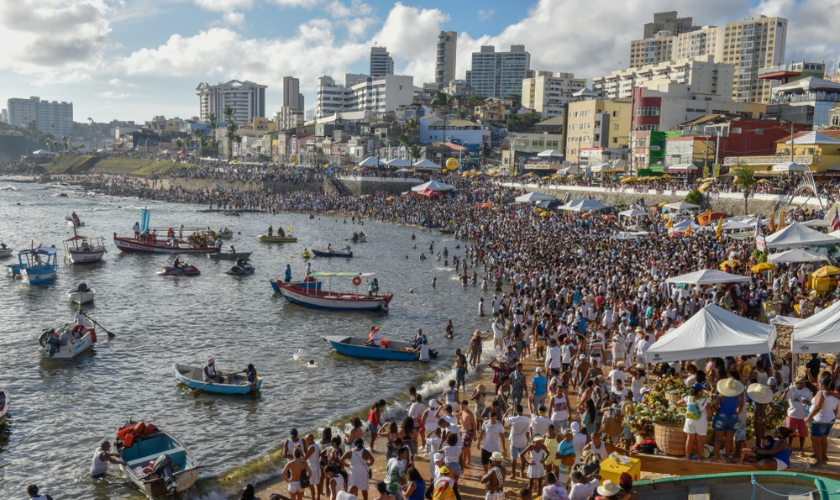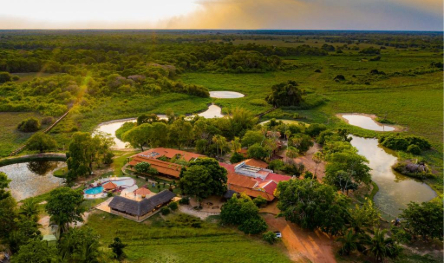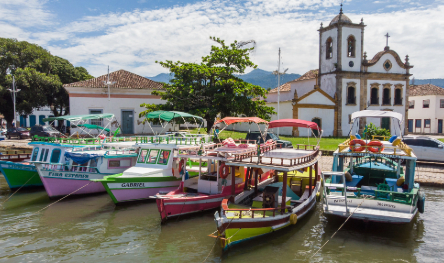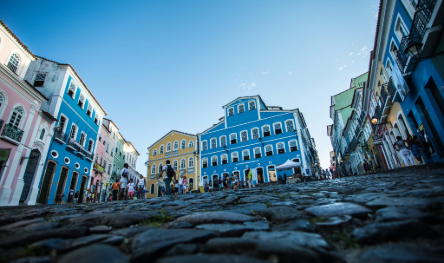1. Devotion to Iemanjá:
Iemanjá is a deity deeply rooted in Afro-Brazilian religions, particularly Candomblé and Umbanda. She is considered the queen of the sea and is associated with motherhood, protection, and the abundance of marine resources.
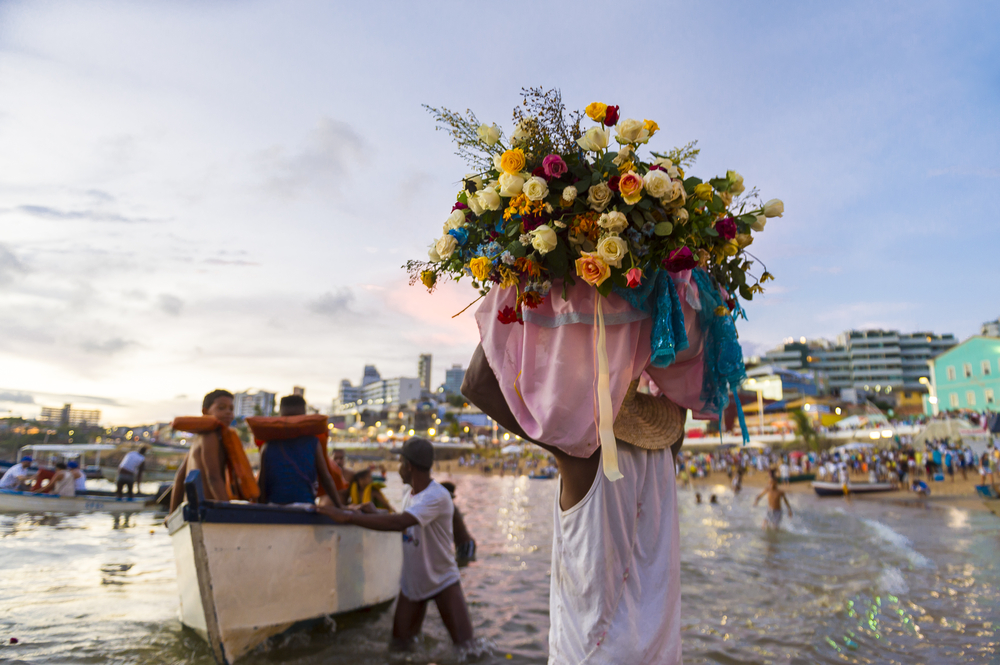
(Picture: lazyllama / Shutterstock.com)
2. Offerings and Offeratory Procession:
Devotees and celebrants bring offerings to Iemanjá, including flowers, candles, perfumes, jewelry, and other items. These offerings are placed in beautifully adorned boats, known as "barquinhos," which are then set afloat on the waters of the Atlantic Ocean as part of the offeratory procession.
3. Pilgrimage to the Beach:
The main festivities take place at Rio Vermelho Beach in Salvador, where a large number of people gather to participate in the celebrations. Devotees, dressed in white, make a pilgrimage to the shore to present their offerings to Iemanjá.
4. Traditional Ceremonies:
Traditional ceremonies, including Candomblé rituals and prayers, are conducted by priests and priestesses to invoke the blessings of Iemanjá. The atmosphere is filled with the rhythmic beats of drums and the chanting of sacred songs.
5. Artistic Performances:
The Iemanjá Festivity also features artistic performances, including music, dance, and cultural presentations. Local musicians and dancers often contribute to the festive atmosphere, adding to the joyous celebration.
6. Street Parties and Festivities:
The streets surrounding Rio Vermelho Beach come alive with street parties, parades, and cultural events. The festive atmosphere extends beyond the shoreline, creating a sense of community and shared celebration.
7. Attire and Symbolism:
Participants traditionally wear white clothing as a symbol of purity and devotion. Additionally, many carry flowers and other symbolic items associated with Iemanjá. The color blue, representing the sea, is also prominent in the festivities.
8. Diverse Participation:
The Iemanjá Festivity is inclusive, with people from various religious backgrounds and beliefs participating in the celebrations. The event reflects the cultural diversity and religious syncretism found in Salvador and throughout Brazil.
How to Experience the Iemanjá Festivity
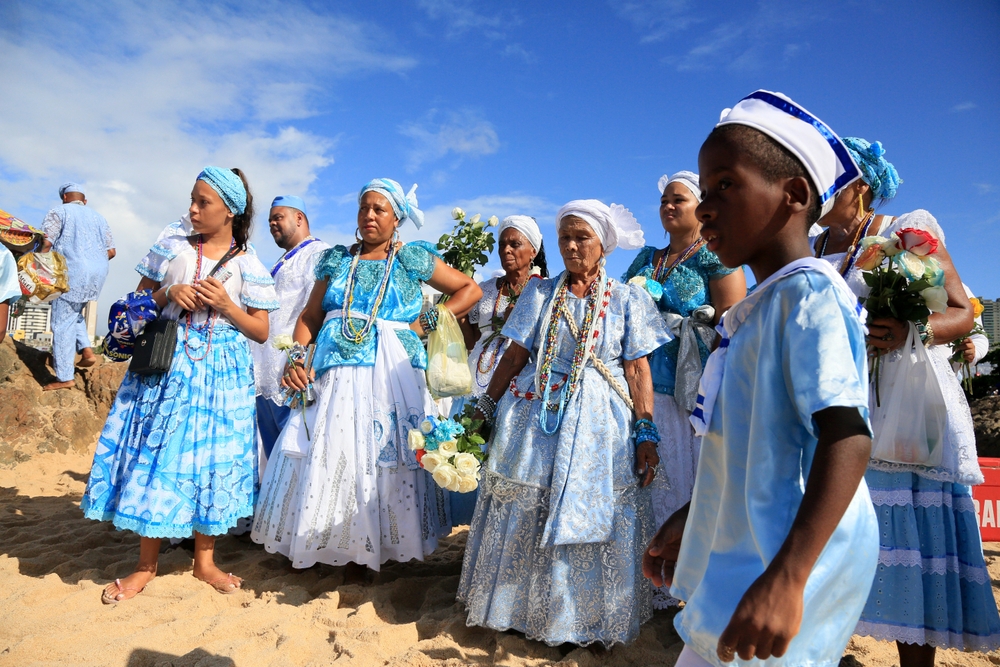
(Picture: Joa Souza / Shutterstock.com)
1. Plan Your Visit:
The Iemanjá Festivity takes place annually on February 2nd. Plan your visit to Salvador during this time to witness the celebration.
2. Visit Rio Vermelho Beach:
Head to Rio Vermelho Beach, the epicenter of the festivities, to witness the processions, ceremonies, and offerings to Iemanjá. Be sure to arrive early to secure a good vantage point.
3. Participate Respectfully:
If you choose to participate in the festivities, do so respectfully. Follow local customs, wear white attire, and be mindful of the sacred nature of the ceremonies.
4. Explore Cultural Events:
Take advantage of the street parties, cultural events, and artistic performances happening around Rio Vermelho. Immerse yourself in the vibrant atmosphere of the celebration.
5. Interact with Locals:
Engage with locals to learn more about the cultural and religious significance of the Iemanjá Festivity. Respectfully observe and ask questions to gain a deeper understanding of the traditions.
The Iemanjá Festivity in Salvador provides a unique opportunity to witness the cultural richness and spiritual devotion associated with Afro-Brazilian religious practices. It is a celebration that showcases the harmony between diverse beliefs and the vibrant cultural tapestry of Brazil.

